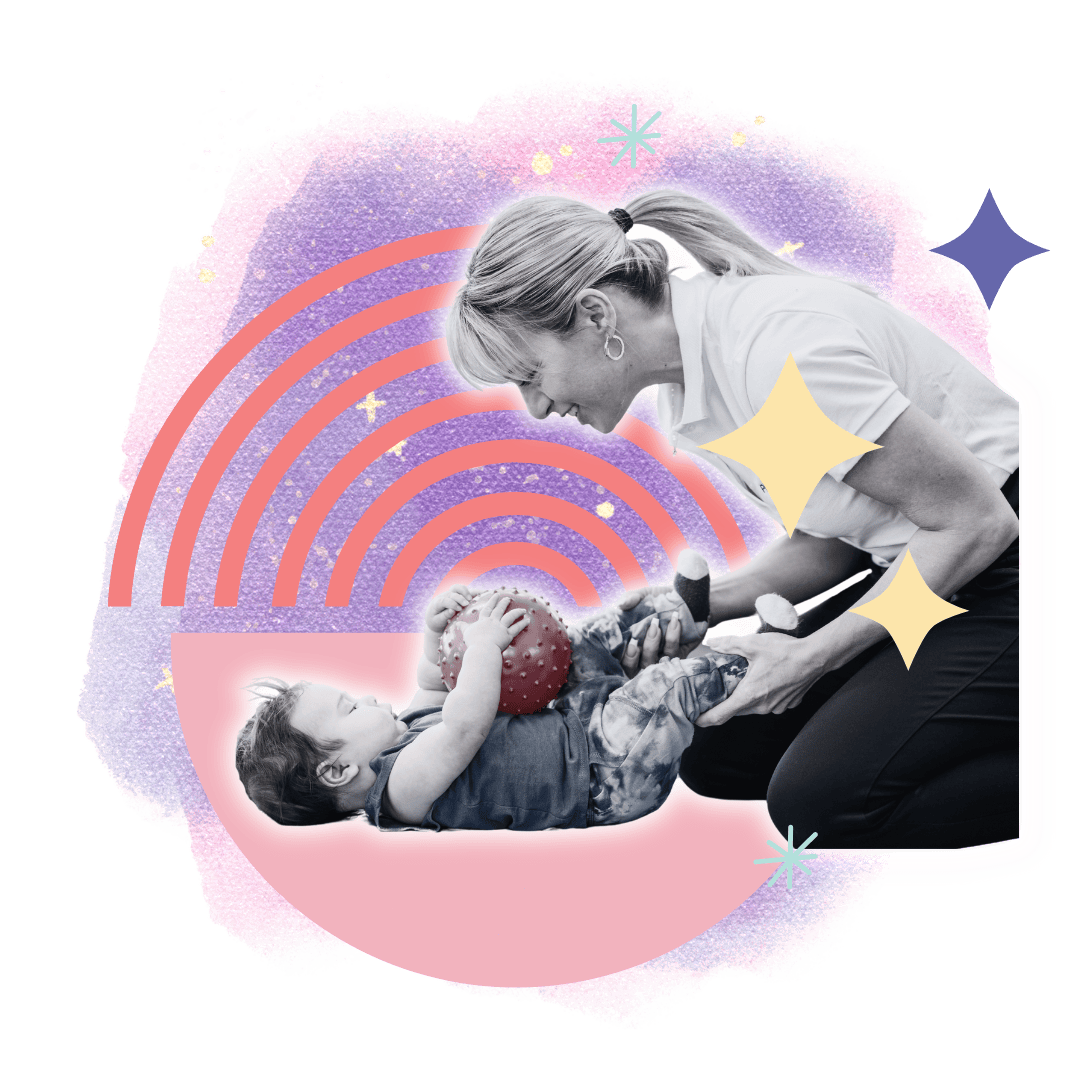In the world of children’s healthcare, pediatric massage therapists occupy a distinctive niche. They integrate effortlessly within a team of diverse healthcare specialists, including those focused on occupational, physical, and speech therapy. Understanding the unique roles within this team and how massage therapy complements and enhances various therapeutic strategies is crucial for delivering comprehensive care to young patients. Through this collaboration, massage therapy becomes an essential component of a larger health and development strategy in pediatric care. Certified Pediatric Massage Therapists can work in a collaborative capacity with like-minded professionals, and these therapists—occupational therapists, physical therapists (physiotherapists), and speech therapists—can also integrate evidence-informed pediatric massage and touch therapy techniques into their scope of practice for improved patient outcomes.
Enhancing Occupational Therapy
Occupational therapists help children perform daily activities optimally, despite challenges from injuries or disabilities. Pediatric massage supports this by reducing anxiety, improving sensory integration, and increasing body awareness. This preparation not only facilitates a smoother transition into occupational therapy sessions but also amplifies the child’s potential for independence and functional success.
Better Pediatric Physical Therapy Outcomes
Physical therapy primarily addresses movement dysfunctions and physical rehabilitation in children. Incorporating pediatric massage can prepare muscles and tissues before intensive physical treatments, enhancing therapeutic outcomes. Softening and warming muscles prior to therapy contributes to more effective application of physical therapy techniques, ensuring children are ready to participate and benefit from each session. It also aids in increasing pediatric patient compliance.
While pediatric massage and touch therapy focus on the child’s consent to receive therapy, children who agree to massage therapy often respond better to their physical therapy regimen. This can significantly improve the child’s experience, particularly in a rehabilitative context.
Supporting Speech Therapy
Speech therapists work with children who have communication and swallowing difficulties. Pediatric massage assists these efforts by relaxing relevant muscle groups, reducing anxiety, and stimulating the nervous system to improve oral-motor functions and respiratory capabilities. This preparatory work allows speech therapists to concentrate more on direct speech and language skills, making sessions more efficient and focused.
Collaborative Benefits
Each healthcare professional contributes unique skills to the pediatric care team, and understanding these roles promotes effective collaboration. Pediatric massage therapists can enhance the work of occupational, physical, and speech therapists, crafting a holistic treatment plan that addresses the comprehensive needs of children.
The collaborative employment of pediatric massage therapy, along with other therapeutic specialties, cultivates a comprehensive approach to child healthcare. Recognizing and valuing the unique roles and strengths of each discipline not only enhances individual treatment outcomes but also contributes to an integrated care plan supporting the child’s overall developmental needs.
Such multidisciplinary cooperation enables healthcare providers to offer optimal support to children, ensuring comprehensive care that fosters growth in all aspects of their developmental journey. This unified approach underscores the significance of an integrated treatment framework for achieving the best health and developmental outcomes in pediatric care.
Integration not only streamlines therapeutic interventions but also nurtures an environment that supports the child’s growth in multiple dimensions.

